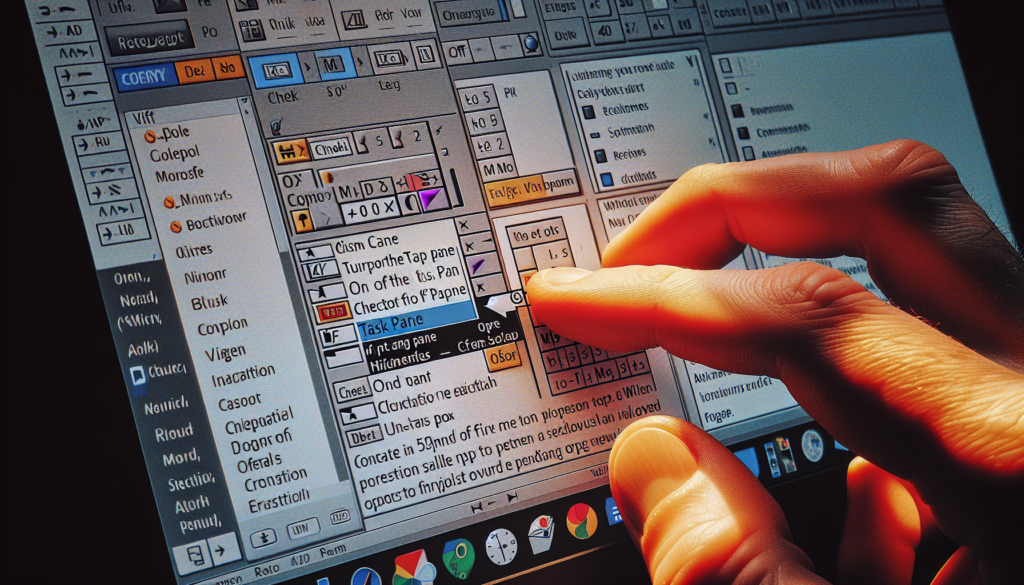Microsoft Word has a built-in transcription feature that allows you to convert audio recordings into text. This can save you time and effort instead of manually typing out transcripts. Here’s a step-by-step guide on how to transcribe audio files in Word.
Enable the Transcription Feature
The transcription feature is only available in the web version of Word, which means Word Online or the web version in Microsoft 365. Here are the steps to enable it:
- Open a document in Word Online/Microsoft 365.
- Click on the Dictate drop-down menu.
- Select Transcribe from the drop-down options. This will open up the Transcribe pane.
Upload an Audio File
Once the Transcribe pane is open, you can upload an audio file to transcribe.
- Click on Upload audio in the Transcribe pane.
- Select an audio file from your computer. Supported formats include:
- MP3
- WAV
- M4A
- MP4
- Word will start transcribing the audio file automatically. The text will appear as the transcription processes.
Record Audio and Transcribe
Alternatively, you can record audio directly in Word and have it transcribed instantly.
- Open the Transcribe pane.
- Click on Start recording.
- Start speaking to record audio.
- Click Stop recording when done.
- Word will transcribe the recording in the background. Click Save and transcribe now to view the text.
Edit the Transcription
Review the transcription and make any corrections or edits:
- The transcript separates speakers into Speaker 1, Speaker 2, etc. You can change the speaker labels by hovering over a section and clicking the Edit transcript section icon.
- Edit text as needed directly in the transcript sections.
- Click the Confirm icon to save changes.
Add Transcript to Document
Finally, insert the transcript into your Word document:
- To add specific sections, hover over the section and click the Add section to document icon.
- To add the full transcript, click Add all to document at the top of the Transcribe pane.
- The selected transcript will be inserted into the Word file.
Formatting the Transcript
Use Word’s formatting tools to polish the transcript:
- Headings – Add descriptive headings to label different topics or speakers
- Lists – Use bullet points for key takeaways or list-based information
- Bold – Emphasize important keywords, quotes, or statements
- Tables – Structure parallel conversations into tables for easier reading
- Images – Insert any related images, diagrams, or charts
Best Practices
Follow these tips for best results:
- Audio quality – Record audio in a clear environment without too much background noise. Speak clearly and not too fast.
- Edit for accuracy – Review and edit the transcript to correct any transcription errors.
- Format for readability– Use Word’s formatting tools to structure the text so it’s easy to follow.
- Export transcript – Export the finished Word file to share or use the transcript in other programs.
Transcription Limits
There are some limits to be aware of with Word’s transcription feature:
- 300 minutes per month – You can only transcribe up to 300 minutes or 5 hours of audio per month
- 1 transcript at a time – Only one transcript can be stored per document. Adding a new one deletes the existing transcript.
- English only – Transcription is currently only supported for English audio.
Summary
Here are the key steps covered to transcribe audio in Word:
- Enable transcription in Word Online/Microsoft 365
- Upload an audio file or record directly in Word
- Edit and format the transcript
- Insert the transcript into a Word doc
- Export or share the finished transcript
Following this simple process, you can save time and unlock all the information in your audio files. Automated transcription with Word eliminates the need for manual note-taking or writing.
So try out these transcription features next time you’re working with lots of audio material!





